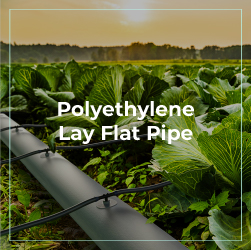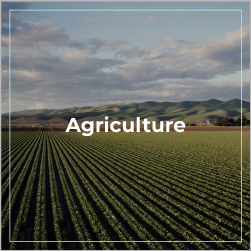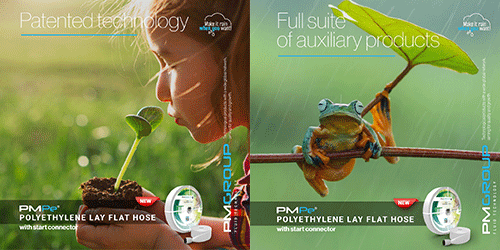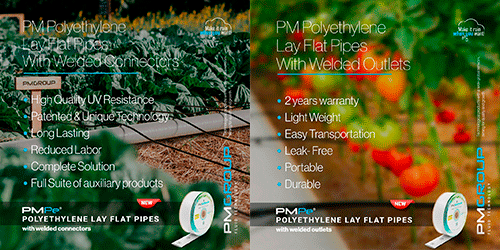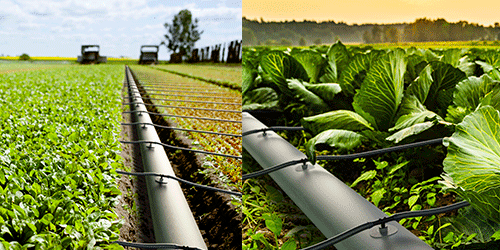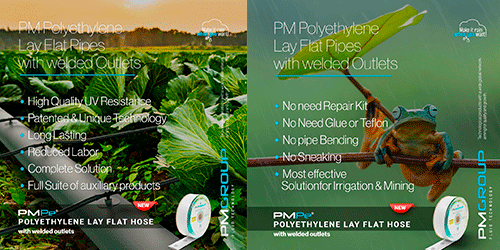Emerged as a pivotal technology in modern agriculture, offering precise control over water delivery to crops. This article explores the significant role of drip irrigation systems in enhancing crop yield and overall agricultural efficiency. By minimizing water wastage, optimizing nutrient delivery, and fostering healthier root systems, drip irrigation not only boosts productivity but also promotes sustainable farming practices. This paper reviews the mechanisms through which drip irrigation contributes to improved crop yields and discusses its economic and environmental benefits.
In the face of increasing global population and climate change challenges, achieving food security while conserving natural resources has become paramount. Presents a promising solution by providing efficient water and nutrient management tailored to crop needs. This introduction sets the stage for understanding the pivotal role of drip irrigation systems in modern agriculture.
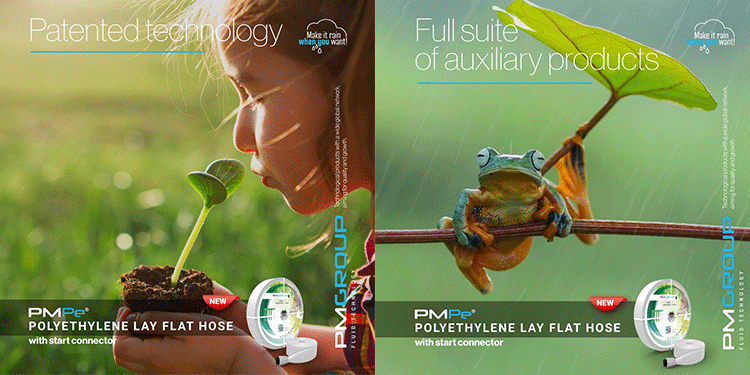
Benefits Drip Irrigation:
1. Water Conservation:Reduces water usage by delivering water directly to the root zone, minimizing evaporation and runoff.
2. Enhanced Nutrient Delivery: Precise application of fertilizers through drip systems ensures that plants receive nutrients in the most efficient manner.
3. Improved Crop Health: Consistent moisture levels and reduced foliar diseases contribute to healthier plants and increased resilience.
4. Increased Yield: Studies have shown that crops under drip irrigation often yield higher compared to traditional methods, attributed to optimal growing conditions.
Case Studies and Examples:
Case Study 1:Arid Regions: Examining successful implementations of drip systems in regions facing water scarcity.
Case Study 2: Smallholder Farmers: How drip irrigation has empowered smallholder farmers by enhancing productivity and income.
Challenges and Considerations:While offers numerous benefits, adoption faces challenges such as initial costs, maintenance requirements, and technical expertise. Strategies to overcome these barriers are crucial for widespread adoption and sustainable impact.
Conclusion:Stands as a cornerstone of modern agricultural practices, offering a pathway towards increased crop yields, resource efficiency, and environmental sustainability. By understanding its role and addressing implementation challenges, stakeholders can harness the full potential of drip irrigation to meet future food production needs.
Future Directions
Exploring advancements in technology, potential policy interventions, and integration with precision agriculture for further enhancing crop yield and agricultural sustainability.

